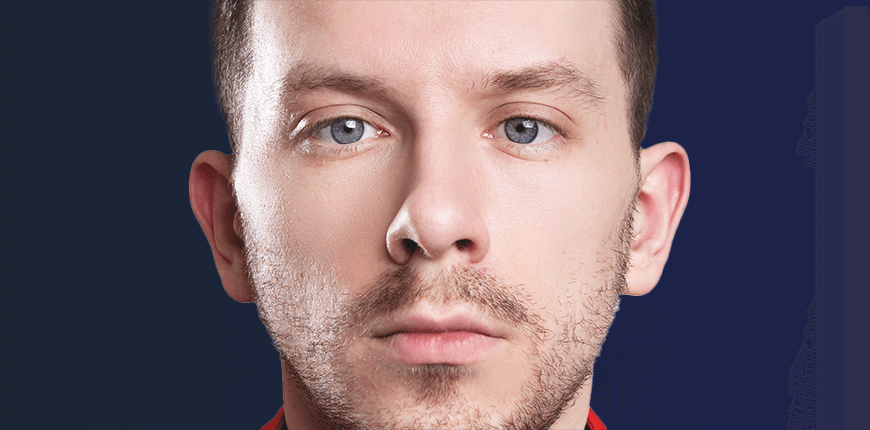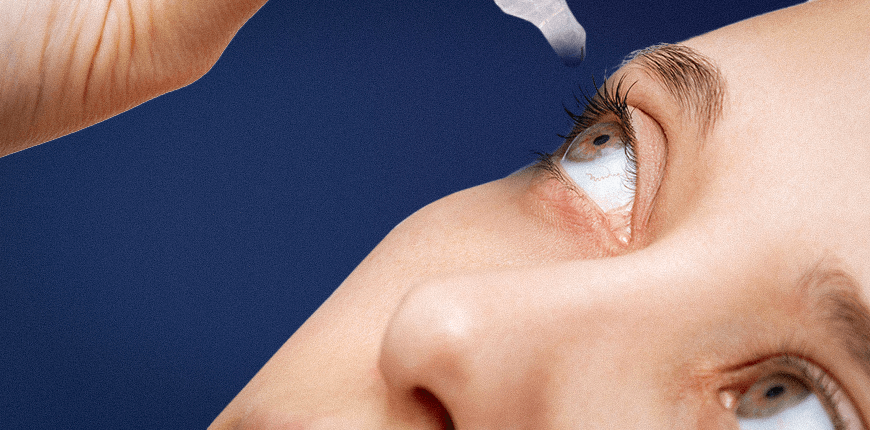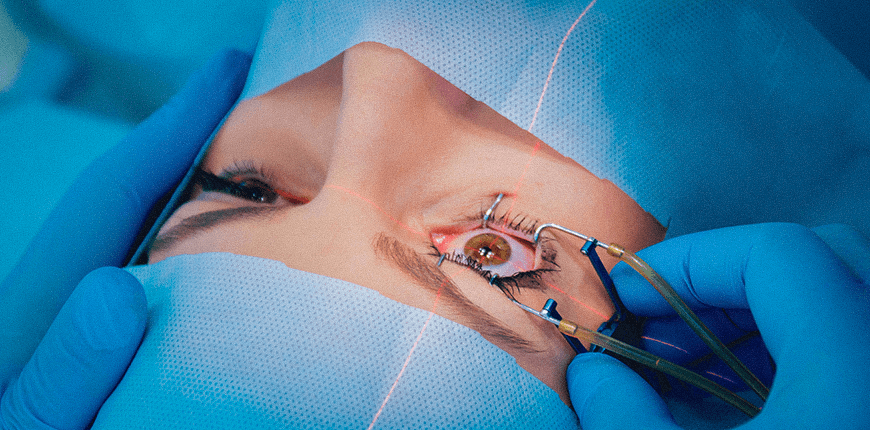
Diabetic Retinopathy Treatment
Diabetic retinopathy is an eye disease caused by high blood sugar levels. This situation is a complication that occurs in about half of the diabetes cases and can be seen in long-term patients of it.
Diabetic retinopathy affects the tissue at the back of the eye called the retina. This region consists of light-sensitive cells and provides the transmission of images from the eye to the brain.
Diabetic retinopathy causes damage and bleeding of retinal vessels. These hemorrhages can be severe enough to cause vision loss and even blindness.
In the early stages of this disease, there are usually no symptoms. However, with the progression of the disease, symptoms such as loss of vision, blurred vision, changes in color perception and skewed lights may occur. Therefore, it is important for diabetics to have an eye examination periodically. Early diagnosis and treatment can slow or stop the progression of diabetic retinopathy and prevent vision loss.
What are the Symptoms of Diabetic Retinopathy?
Diabetic retinopathy is an insidious eye disease because it does not show any symptoms at first. However, symptoms begin to appear in the later stages of the disease. Symptoms of diabetic retinopathy include:
- Blurred Vision: There is a feeling of blurring in the eyes, objects may not be seen clearly.
- Visual Field Loss: Blurring, spots, or dark spots may occur in the visual field.
- Double Vision: Double vision or distorted images may be felt in the eyes.
- Changes in Color Perception: Changes in colors may occur, such as fading, pale vision, or a false perception of colors.
- Pain in The Eyes: Pain in the eyes, stinging, or burning sensation may occur.
- Problems With Night Vision: There may be difficulties in night vision.
- Bleeding in The Eyes: Blood spots or bleeding can be seen inside the eye.
These symptoms may not always be a sign of diabetic retinopathy, but an ophthalmologist should be consulted if these symptoms occur in diabetic patients. When the disease is diagnosed early, treatment options can be more effective and help prevent vision loss.
What Are the Stages of Diabetic Retinopathy?
Diabetic retinopathy is generally examined in four stages. These phases are:
- Background Retinopathy: It’s the earliest stage of diabetic retinopathy. At this stage, retinal vessels are slightly dilated and twisted. The retinal tissue is not yet damaged. Typically there are no symptoms and no vision loss.
- Moderate Proliferative Retinopathy: At this stage, the signs of background retinopathy become more clear. Slightly enlarged veins in the previous stage may cause bleeding and leakage in this stage. New vessels form from retinal tissue, which can cause vision loss.
- Severe Proliferative Retinopathy: At this stage, most of the blood vessels in the retinal tissue are damaged. The eye is constantly stimulated to form new vessels. However, these ones are usually weak and bleed easily. They may also protrude to the surface of the retina, blocking the field of vision.
- Diabetic Macular Edema: The macula is the central area on the retina and is responsible for sharp vision. Diabetic macular edema is the swelling and filling of this area with fluid. This is a serious complication that can cause vision loss.
Diabetic retinopathy treatment varies depending on the stage of the disease, the degree of vision loss, and the general health of the patient. Diagnosing and starting treatment in the early stages can stop or slow the progression of vision loss. Treatment options include laser therapy, medications, and surgical procedures.
How Is Diabetic Retinopathy Treated?
 The treatment of diabetic retinopathy may vary depending on the stage of the disease, the degree of vision loss and the general health of the patient. Treatment options include:
The treatment of diabetic retinopathy may vary depending on the stage of the disease, the degree of vision loss and the general health of the patient. Treatment options include:
- Laser Therapy: It's the most commonly used method in the treatment of diabetic retinopathy. This treatment may involve laser burning of damaged blood vessels or opening closed blood vessels. This helps prevent vision loss by preventing new blood vessels from forming and controlling bleeding.
- Injection Therapy: Medications can be given by injections into the eye. These drugs can constrict blood vessels in the retina, reduce bleeding, or absorb fluid to relieve problems such as macular edema.
- Surgical Intervention: Severe cases may require surgical intervention. Options include vitrectomy, repair of retinal detachment, and removal of new vessels. These procedures can be done to prevent or reduce vision loss.
These treatments not only help prevent vision loss, but can also help people who have experienced vision loss due to diabetic retinopathy regain their vision function. However, early diagnosis and treatment are important, so it is recommended that people who show signs of the disease consult an ophthalmologist without delay.
Recovery Process After Diabetic Retinopathy Treatment
The recovery process after diabetic retinopathy surgery may vary depending on the type of surgery, general health status of the patient and the severity of the disease. If a surgical procedure has been performed, the effect of substances such as special gas or silicone applied to the patient's eye continues for a while. This can speed healing by reducing pressure on the eye.
It may be necessary to use antibiotics and anti-inflammatory drops for a certain period of time after the surgery. In this way, a possible infection can be prevented and inflammation can be reduced.
It may be necessary to limit heavy work for the first few days after surgery. The doctor follows the patient during the healing process. They monitor the eye health of the person by making frequent check-ups and speeds up the healing process by recommending medication or other treatments when necessary. Full recovery and visual acuity takes a few months on average.
-
How can Diabetic Retinopathy be prevented?
It's important to control diabetes in order to prevent diabetic retinopathy. Other preventive measures include regular eye exams, a healthy lifestyle, and regular exercise.
-
Does Diabetic Retinopathy affect quality of life?
Yes, diabetic retinopathy is a serious eye disease and can cause blindness if left untreated. That's why it's important for diabetics to go for regular eye exams, get their diabetes under control, and make healthy lifestyle choices.
-
Is Diabetic Retinopathy treatment painful?
Diabetic retinopathy treatment is not a painful process. However, there may be a slight discomfort or stinging sensation after the surgery.













